

Matt Robinson
2026 Skoda Fabia 130 review: Quick drive
2 Hours Ago
VW's local arm is pushing hard to join the hybrid sales race in Australia, with plug-in versions of the Golf and Tiguan top of the wishlist.

Marketplace Editor
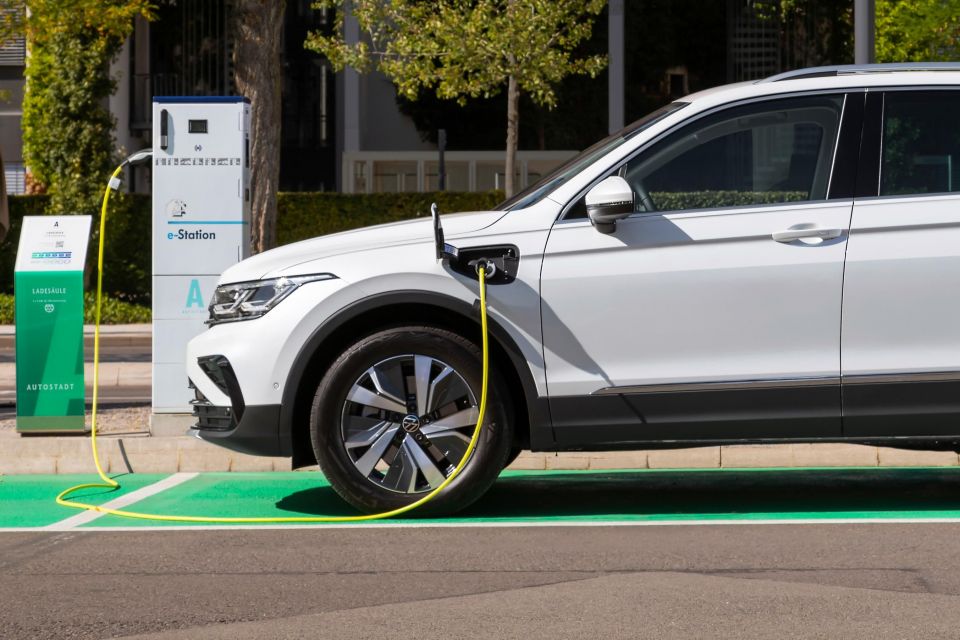

Marketplace Editor
Volkswagen Australia’s electrification push is late, but it could have rivals to the Mercedes-Benz A250e and Mitsubishi Outlander plug-in hybrids (PHEV) on sale within 12-18 months.
The company’s local arm told us this week that it was working hard to follow up the launch of the flagship Touareg R PHEV, due by early 2023, with the plug-in Golf GTE hot hatch and Tiguan eHybrid SUV.
“Volkswagen will soon introduce the Touareg R as its first hybrid plug-in electric vehicle that combines heightened performance with fewer emissions. We are working to follow this first PHEV up with plug-in versions of the Tiguan and the Golf GTE,” a company spokesman said.
“Globally Volkswagen is balancing supply and demand, however an electrification expansion is clearly our target.”
It’s not the first time the Golf GTE has been earmarked for an Australian launch. The Mk7.5 Golf GTE was under evaluation for our market in 2017 for a 2018 launch, with some vehicles actually making the trip Down Under and even making appearances on TV.
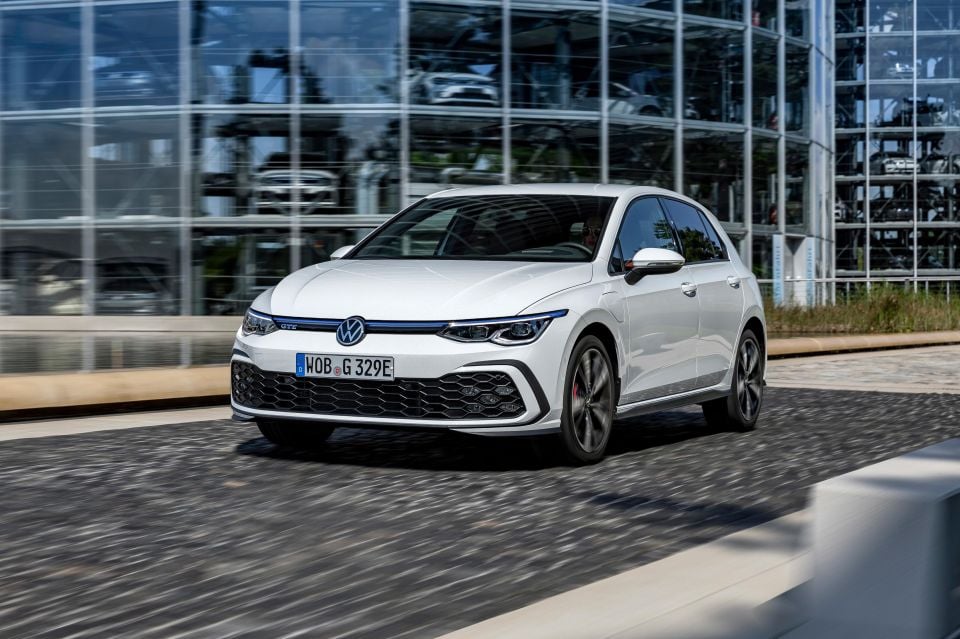
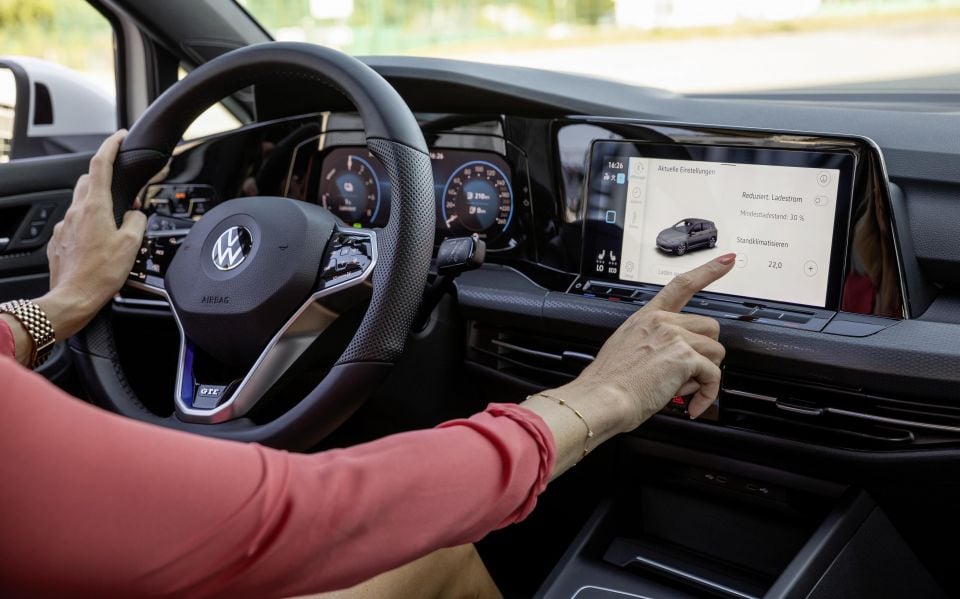
However, high global demand meant the local arm had to abandon its plans.
The Mk8 Golf GTE and Tiguan eHybrid draw upon the same plug-in hybrid drivetrain, which combines the familiar 110kW/250Nm1.4 TSI four-cylinder turbo petrol engine with an 85kW electric motor and 10.4kWh (usable) lithium-ion battery pack.
System outputs are rated at 180kW and 400Nm, with drive sent to the front wheels via a six-speed DSG dual-clutch automatic transmission.
Volkswagen claims the Tiguan eHybrid can travel up to 50 kilometres (WLTP) in EV mode per full charge, while the Golf GTE claims up to 62 kilometres. Both vehicles can travel at speeds of up to 130km/h without petrol assistance.
In terms of charging, both the Golf GTE and Tiguan eHybrid can be fully charged in about 5 hours using a 2.3kW AC domestic socket, while a 3.6kW public charger or home charging station can replenish the battery in 3 hours 40 minutes.
Volkswagen also offers a lower-power Golf eHybrid PHEV with 150kW and 350Nm, with an even longer claimed zero emissions driving range of up to 80km.
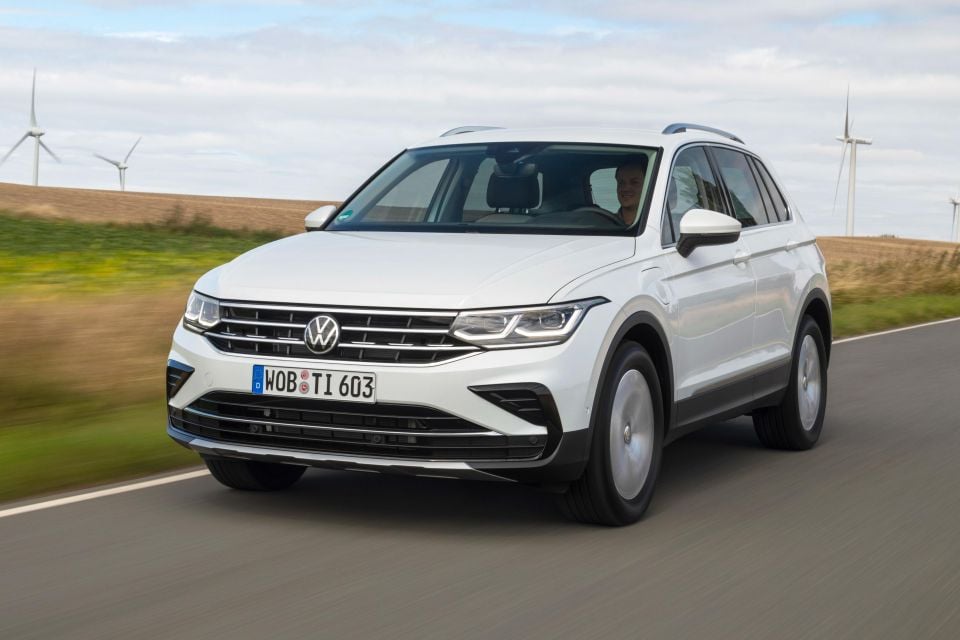
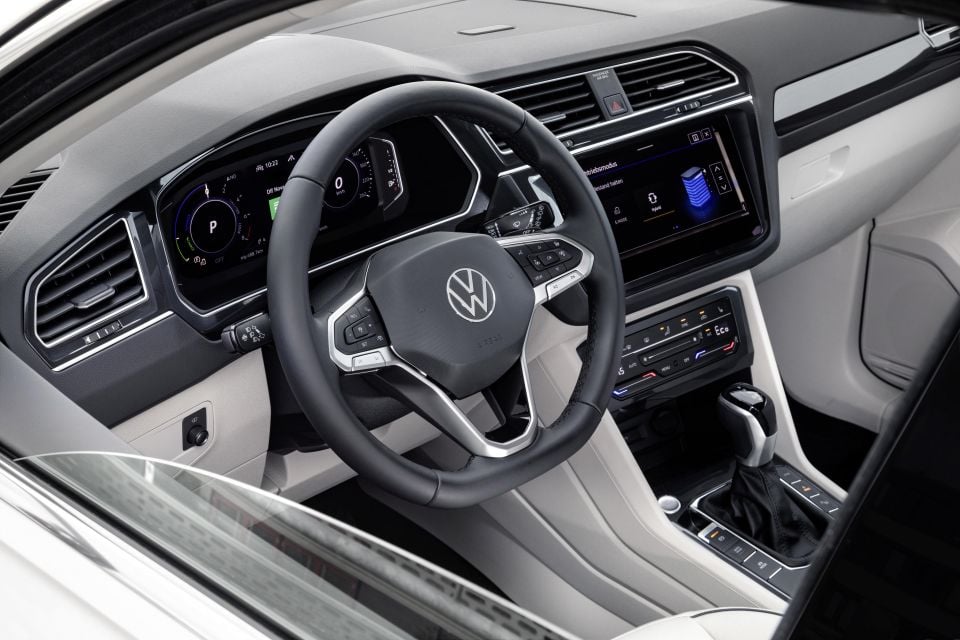
In terms of positioning, it’s a little early to gauge where Volkswagen Australia might price these models. Cupra will be bringing VZe PHEV versions of the Leon hatch and Formentor crossovers – both featuring the same 180kW 1.4 TSI PHEV drivetrain – priced around the $60,000 mark.
Given the Golf GTE is a single variant, we’d wager it’d be priced similarly given it has to sit somewhere between its petrol-powered GTI equivalent ($54,990) and the flagship Golf R ($64,990). With that said, Cupra’s VZe models are only $1000-2000 below their VZx equivalents – VZx models are top-spec performance heroes like the Golf R and Tiguan R.
As for the Tiguan eHybrid, it’s unclear whether it will be offered as a single, high-spec variant or in multiple variations like it is in overseas markets – the UK, for example, offers the eHybrid drivetrain across Life, Elegance and R-Line trim levels. In Australia, the Elegance and R-Line grades offer the flagship 162TSI and 147TDI engine variants, so it’s a safe bet the plug-in hybrid will likely be reserved for one of these top-spec trim levels.
The most expensive Volkswagen Tiguan 147TDI R-Line retails for $59,190 plus on-road costs in Australia, and like the Golf GTE the Tiguan eHybrid would likely have to slot between the standard range and the high-performance Tiguan R, which is priced from $68,990 before on-roads.
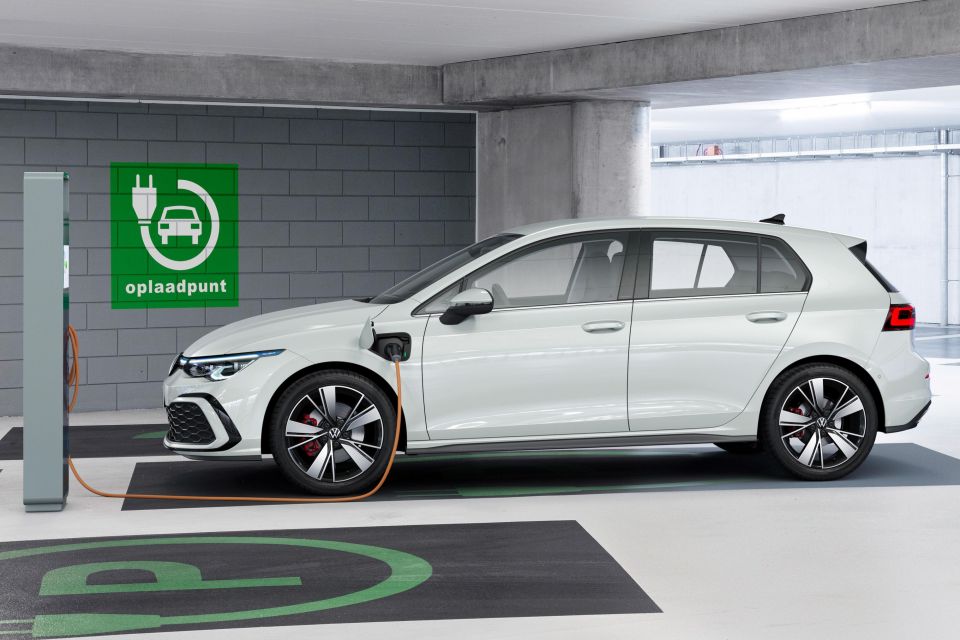
While sales of plug-in hybrids (PHEVs) are well behind the volumes of electric vehicles (EVs) and closed circuit hybrids (think Toyota RAV4), Volkswagen Australia recognises our market’s increasing demand for electrified products.
Also worth noting, is that most European brands don’t actually offer Toyota-style hybrids, with plug-in systems usually the default option for their extended zero emissions driving range and better performance in official fuel efficiency and emissions testing.
For reference, in June 2022 Australia saw 6407 hybrid sales (+9.7 per cent), 1137 registrations of EVs (+116.2 per cent) and a lowly 570 PHEV units (+79.2 per cent). Toyota has been a key driver for hybrid sales, while Tesla’s addition to VFACTS has significantly increased reported sales of EVs.
One barrier are new tax frameworks that essentially double-charge PHEV owners. Victoria’s Andrews government recently introduced road user charges for EV and PHEV vehicles, which sees self-reported taxes charged at 2.1c and 2.6c per kilometre respectively. Unlike EV owners, PHEV owners still have to pay the fuel excise when filling up with petrol or diesel too.
The recently-elected Albanese Federal Government, however, is looking to challenge the controversial tax in the High Court, and also plans to introduce a number of measures and incentives to drive the uptake of low- and zero-emissions vehicles.
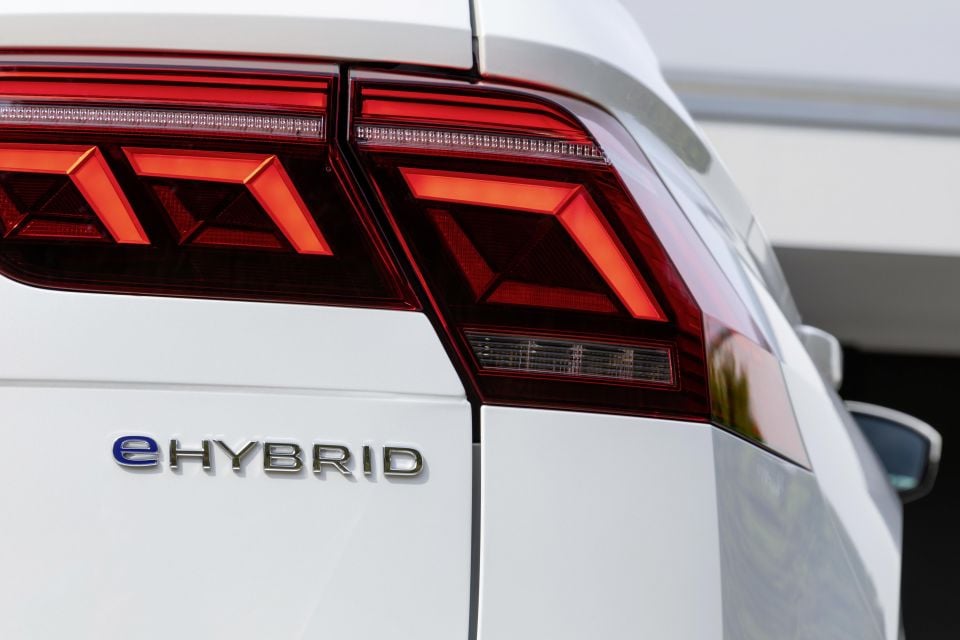
Stay tuned to CarExpert for all the latest, and let us know your thoughts in the comments!
MORE: Everything Volkswagen Golf MORE: Everything Volkswagen Tiguan
Where expert car reviews meet expert car buying – CarExpert gives you trusted advice, personalised service and real savings on your next new car.
James Wong is an automotive journalist and former PR consultant, recognised among Australia’s most prolific motoring writers.


Matt Robinson
2 Hours Ago


Damion Smy
2 Hours Ago


Damion Smy
16 Hours Ago


Damion Smy
17 Hours Ago


Damion Smy
19 Hours Ago


Damion Smy
21 Hours Ago